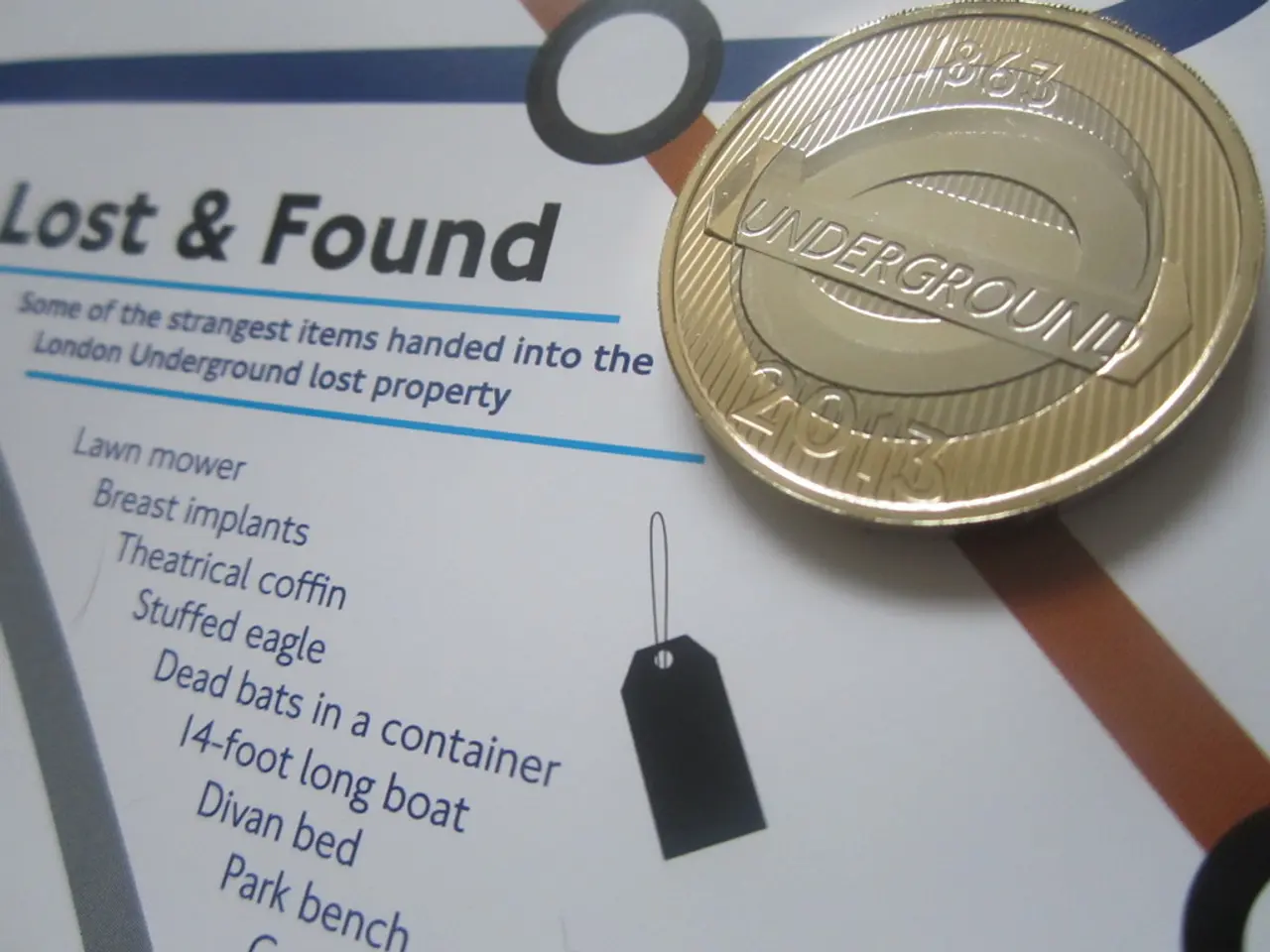World Bank Prepares to Lead Climate Damage Fund as Negotiators Propose Damage Framework Before COP28, Amidst Controversy
News Article: The Loss and Damage Fund: A Historic Breakthrough for Climate-Vulnerable Countries
The Loss and Damage Fund, a groundbreaking initiative to provide financial support to developing countries affected by climate change impacts, was officially agreed upon at the 27th Conference of the Parties (COP27) held in Sharm el-Sheikh in 2022. The fund was operationalized at COP28 in Dubai in 2023, marking the start of its start-up phase.
Operationalization of the Fund began in earnest in 2025, with the Fund's Board working on defining operational modalities. Notably, the "Barbados Implementation Modalities" (BIM) were adopted, emphasizing country-led, bottom-up approaches to address loss and damage through strengthened national systems and stakeholder engagement. For the years 2025 and 2026, a total of USD 250 million has been allocated to kickstart interventions, with project-level funding expected to range between USD 5 to 20 million subject to Board-approved criteria.
However, the operationalization of the Fund has not been without controversy. Developing countries have criticized the slow pace of operationalization and the lack of clarity on funding responsibilities, noting that it took many years—five years for the Green Climate Fund—to become fully functional, highlighting the ambitious nature of the COP28 timeline.
A major point of contention was the institution designated to host and manage the Fund. Developed countries, including the US, preferred institutions like the World Bank, while developing countries expressed strong reservations, viewing the World Bank as exclusionary with eligibility criteria that could restrict access and fearing that climate disaster finance might be provided as loans, risking increased debt burdens. Developing countries advocate that funding must be highly concessional or grant-based, avoiding loans to nations already struggling with debt post-climate disasters.
The Fund is intended mainly for the Global South developing nations vulnerable to climate impacts, funded primarily by developed countries as part of their responsibility under the UNFCCC to assist poorer nations. However, the specific funding sources remain contentious. Developed nations have hesitated on firm commitments, and debates continue on whether the Fund should rely on new and additional finance sources beyond traditional climate finance mechanisms.
As the world awaits the start of COP28 in Dubai on November 30, all eyes are on world leaders and negotiators who will take up the Committee's recommendations. The unmet 2009 pledge to deliver $100 billion annually by 2020 has built up mistrust in rich countries, and the US has argued that rich countries are not obligated to pay for loss and damage under the Paris Agreement. Lien Vandamme, Senior Campaigner at the Center for International Environmental Law (CIEL), believes the Fund fails to deliver on justice, equity, and human rights.
In conclusion, while the Loss and Damage Fund represents a historic breakthrough providing formal financial support to vulnerable developing countries, its full operational effectiveness depends on resolving political disagreements over funding sources, governance, and modalities. The continued denial by wealthy historic polluters of their responsibility to pay for climate harms is out of touch with reality, and the international community must work together to ensure that the Fund delivers on its promise to provide much-needed support to those most affected by climate change.
Related Articles:
- "Climate Finance: Are Rich Nations Doing Enough?"
- "What Can We Expect From COP28, And What Must Happen?"
Image Credit: Flickr/COP28 UAE.
- The Loss and Damage Fund, a historic breakthrough for climate-vulnerable countries, commenced its start-up phase at COP28 in Dubai in 2023, aiming to provide financial support to developing countries affected by climate change impacts.
- Developed and developing countries alike are engaging in controversial discussions about the operationalization of the Loss and Damage Fund, with issues such as funding sources, governance, and modalities causing dispute.
- Science and environmental-science communities closely follow the news about the Loss and Damage Fund, as its success could significantly impact the environment and address climate change more effectively.
- The establishment of the Fund is part of rich countries' responsibility under the UNFCCC to assist poorer nations in their climate action, but debates linger over whether the Fund should rely on new and additional finance sources beyond traditional climate finance mechanisms.
- Debates on policy-and-legislation, politics, and general-news outlets center around the equitable distribution of funds through the Loss and Damage Fund, with advocates for climate justice calling for the avoidance of loans and emphasizing the need for highly concessional or grant-based financing.
- Climate change, global warming, and climate-change related disasters are arguably the greatest challenges of our time, requiring urgent climate action from all nations. The operationalization of the Loss and Damage Fund could mark a turning point in the fight against climate change, if the community can come to a consensus on its funding and operational modalities.




